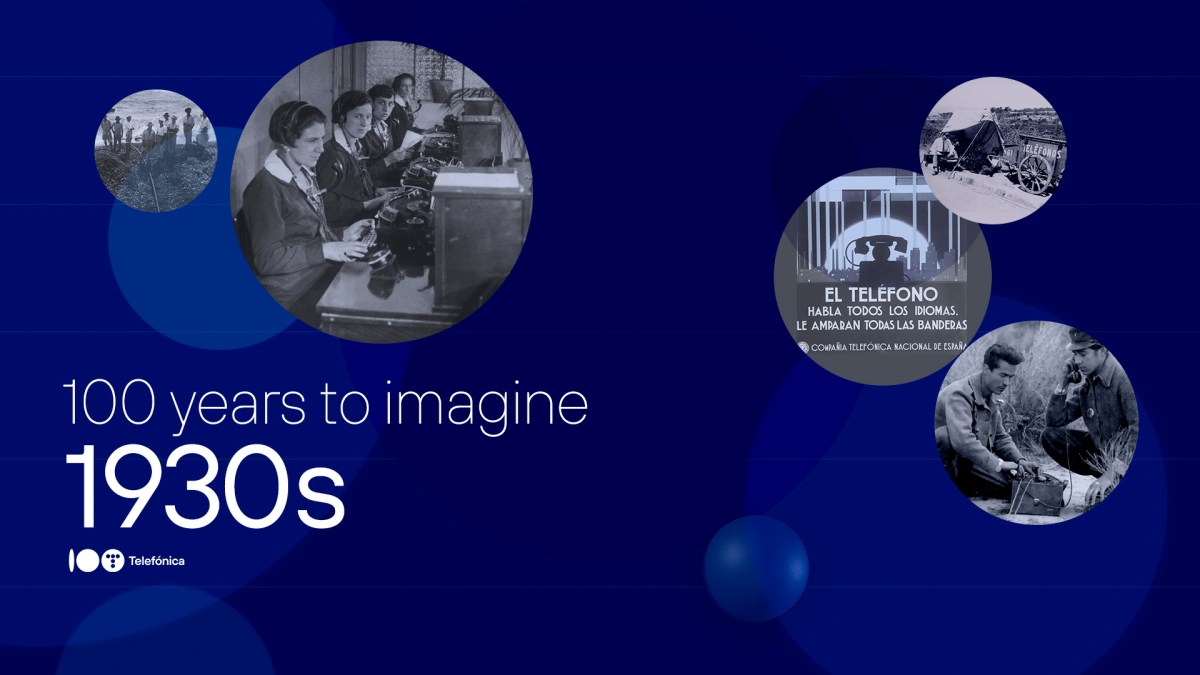The 1930s were influenced by the Great Depression following the Crash of 1929 and by two war events: the Spanish Civil War (1936-1939) and the beginning of the Second World War (1939-1945).
1930: the beginning of telemedicine?
On the 13th floor of the Gran Vía 28 building, the library of the Cultural and Sports Association of Telefónica employees was inaugurated, an event that included a keynote speech by the prestigious writer Pío Baroja.
In that same year, the company reached the figure of 2,560 towns with telephones, which represented more than 50% of the total number of inhabitants in the country.
In August 1930, a milestone was reached which could be considered the beginning of telemedicine: more than 200 doctors gathered in the Gran Vía building connected to an earpiece to follow the radio communication with a doctor in Argentina.
With an amplifier attached to the stethoscope while he was exploring the chest of different patients, a medical diagnosis could be made from Madrid, which proved to be correct, as corroborated by Dr. Montellano from the other side of the Atlantic.
1931: The Canary Islands are connected to the rest of the world
The CTNE’s School of Splicers crossed borders when ITT won the concession for the Shanghai telephone service, which implied burying cables to implement the automatic service. Nine Spanish splicers travelled to China for this mission, a situation that was repeated in Bulgaria, where five of these professionals trained by Telefónica went.
Another important event in 1931 was the start-up of the radiotelephone link service between Madrid and Tenerife, an island connected in turn, by submarine cable, with neighbouring Gran Canaria. In this way, the Canary Islands were fully connected with the mainland and the rest of the world.
1932: internationalisation of the service
In this year, the international service was extended to numerous territories on different continents, such as Poland, Romania, Yugoslavia, Latvia, Brazil, Hawaii, Colombia, Venezuela and even New Zealand.
In May 1932, the employees and the company put an end to a labour dispute that had lasted for months and signed a new Employment Contract that improved the conditions of the staff.
1933: 50 countries now connected by telephone from Spain
Following on from the previous year, international connections reached 50 countries, with the incorporation of Algeria, Bulgaria, English India, Palestine, Syria, Peru and Tunisia.
On the employment front, the first collective bargaining agreement between employees and the company was signed in April and came into force on 1 May.
The installation of telephones continued and reached 281,000, 64.4% of which were automatic.
1934: the end of telephonemes
The sending of telefonemas between subscribers was one of the characteristics of the first 10 years of Telefónica’s existence. These were short written messages to give a brief message that did not require a call: something that sounds very current to us thanks to SMS or instant messaging.
In accordance with a contract with the state, this service was discontinued in order not to compete with telegrams.
1935: more than 20 million calls
At a time when conferences were “put on”, not made, the year 1935 alone saw more than 21 million calls.
As in previous years, the international service continued to expand, reaching 70 countries.
1936: the lines go down
A year marked by the outbreak of the Spanish Civil War, which caused the company to split into five branches: three in the so-called national zone (Tenerife, Seville and Valladolid) and two in the republican zone (Madrid and Barcelona).
After the expansion of the previous years, some 80,000 lines were lost during the war.
On the other hand, the Gran Vía building housed more than 2,000 people in its basement to protect themselves from the bombardments, and historical figures of journalism and literature such as Ernest Hemingway, Antoine d Saint-Exupèry and John Dos Passos sent their war chronicles from the building.
1937: the fighting continues
In May 1937, the Civil War’s focus on Telefónica shifted to Barcelona, where the seizure of the operator’s building became a scene of violence between different factions within the Republican camp.
1938: married female telephone operators had to stop working
Before the end of the war, the pro-Franco side passed some Fundamental Laws, including the Labour Code, which made it compulsory to “free married women from working in the workshop and factory”.
Another consequence of the war was the difficulty in recruiting personnel, which led the company to even ask the authorities not to recruit network technicians in order to maintain the service.
1939: end of the war
The Civil War ended in 1939, a period in which, despite the difficulties we have been discussing, the company continued to offer its services.
The emblematic building on Madrid’s Gran Vía survived despite the fact that its height and proximity to the front (in the nearby Casa de Campo) meant that it was hit by hundreds of shells.
1930s images
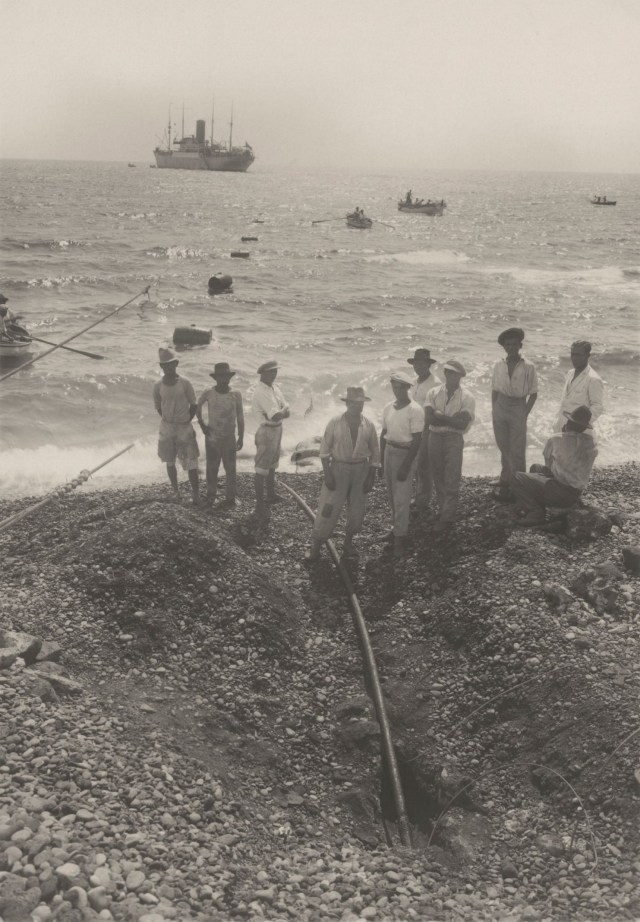
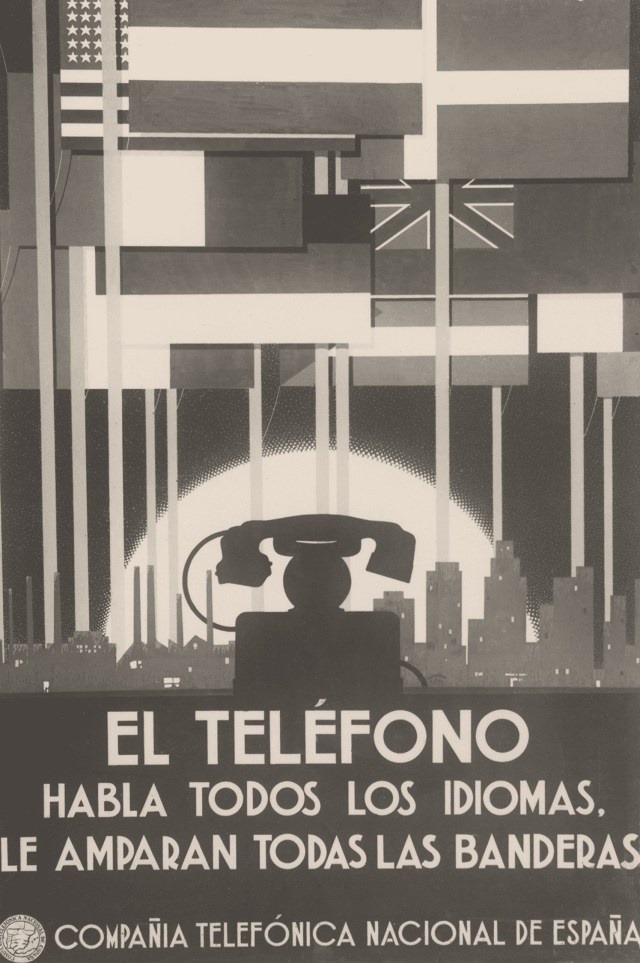
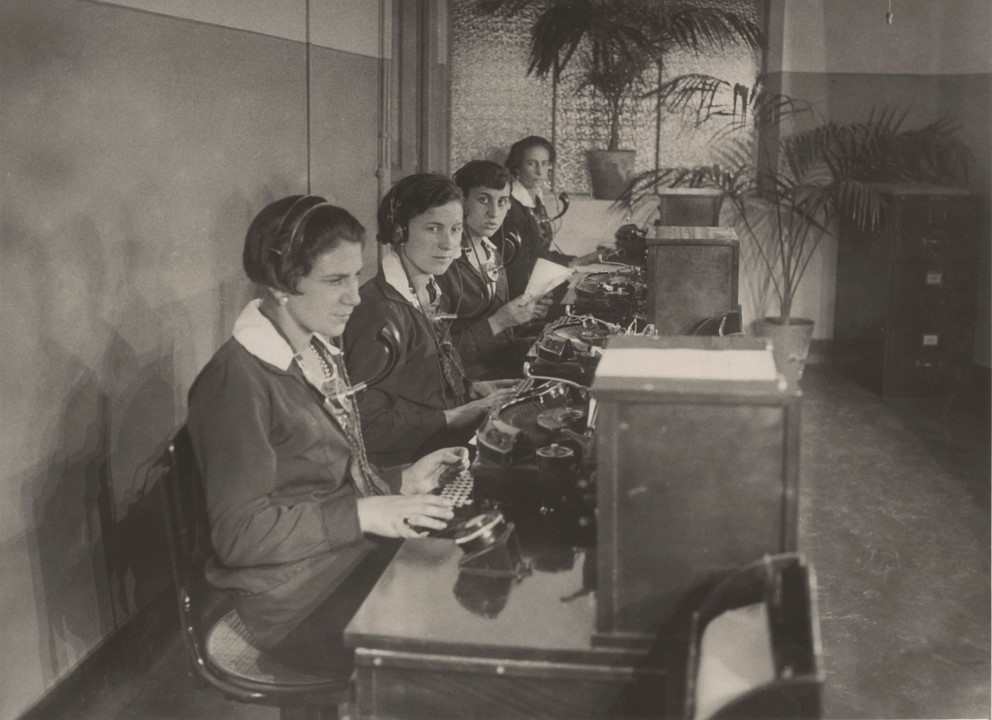
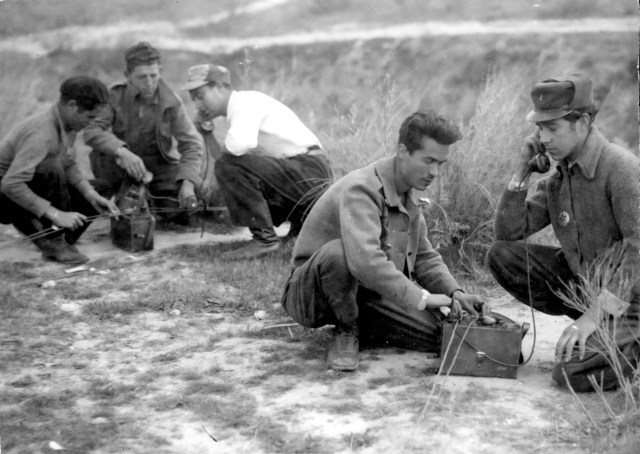
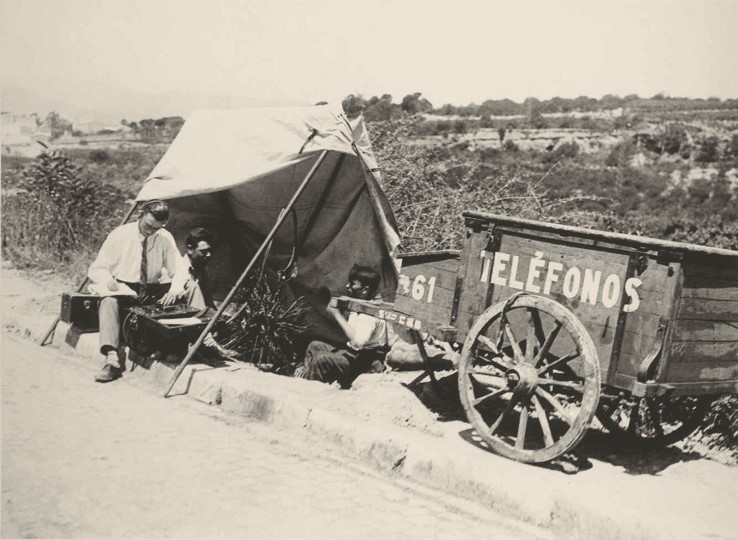
Telefónica’s centenary
In the year of our centenary, we invite you to visit the website https://www.telefonica100.com/en so that you do not miss any detail of our history.
If you would like to take a decade-by-decade look back over our 100 years, don’t miss the series we have started to publish on our blog. For the moment, you can consult the most relevant of the 1920s.
